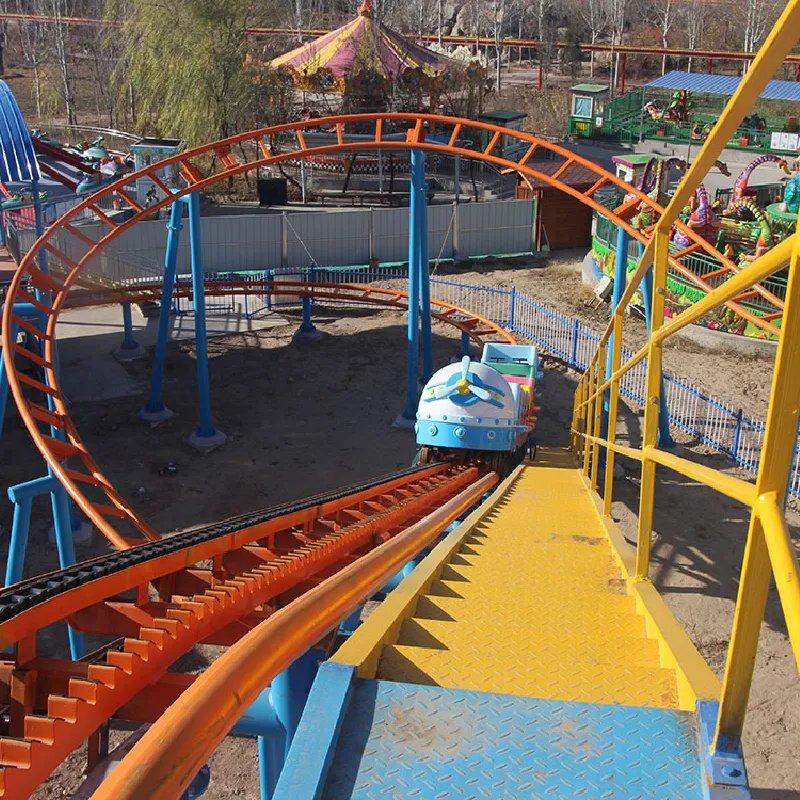- Albanian
- Arabic
- Belarusian
- Bengali
- Czech
- English
- French
- German
- Hebrew
- Hungarian
- Indonesian
- irish
- Italian
- Japanese
- kazakh
- Persian
- Russian
- Thai
- Uzbek
- Vietnamese
Create Your Own Thrilling Roller Coaster Experience with Our Fun Design Tool
Creating Thrilling Adventures The Roller Coaster Maker
Roller coasters have long captivated the imagination of thrill-seekers and amusement park enthusiasts alike. The adrenaline rush of ascending towering tracks, the heart-pounding descent into dizzying dips, and the exhilarating loops create an experience that is both thrilling and memorable. However, behind every exhilarating ride lies a complex world of design, engineering, and creativity—this is where the roller coaster maker comes into play.
The roller coaster maker is both an artist and an engineer, blending creativity with technical knowledge to design rides that not only provide a rush of adrenaline but are also safe and structurally sound. The process of creating a roller coaster begins with brainstorming ideas. Designers often draw inspiration from the elements of nature, architecture, and even the emotions they wish to evoke among riders. The goal is to create a unique experience that stands out in a world filled with amusement park options.
Once a concept is established, the roller coaster maker moves into the design phase. This involves using advanced computer-aided design (CAD) software to create intricate blueprints. These designs must carefully consider several factors, including height, speed, angle, and the forces exerted on riders. Engineers must calculate g-forces, ensuring that the ride is thrilling but not overwhelming. Safety is always the priority, and every component, from the tracks to the cars, is scrutinized to meet industry standards.
roller coaster maker

After the design is finalized, it’s time for prototyping. This step often involves building a scaled model of the coaster to test its physics and ride dynamics. Engineers and designers evaluate how the ride feels in motion and make necessary adjustments to improve the experience. This iterative process can take months or even years, as the team seeks to perfect every aspect of the ride before construction begins.
With a final design in hand and a prototype tested, the construction phase begins. This is the moment when creative visions become tangible experiences. Builders work to erect the coaster, often using significant machinery to install supports, tracks, and ride vehicles. Each segment of the ride must be meticulously crafted and installed, reflecting the careful planning of the design phase. Safety features, such as lap bars and harnesses, are also integrated at this stage to ensure each rider's security.
Finally, after countless hours of hard work, the roller coaster is ready for its grand debut. Before the gates open to the public, however, extensive testing takes place. A series of test runs are conducted with empty cars, and engineers closely monitor the ride's performance. Adjustments are made as needed to ensure everything works smoothly. Once the roller coaster passes all safety checks, it is officially ready for riders.
The joy and excitement that come from a roller coaster ride are a testament to the hard work and creativity of the roller coaster maker. These individuals blend artistry with precision engineering to craft experiences that can define a day at the amusement park. As new technologies and design techniques emerge, the future of roller coasters promises even more thrilling innovations, from virtual reality experiences to rides that push the boundaries of design. The roller coaster maker continues to be a crucial player in this industry, turning creative ideas into exhilarating realities that keep guests coming back for more.
-
Flume Ride-Hebei Zhipao Amusement Equipment Manufacturing Co., Ltd.|Thrilling Water Attraction&Customizable DesignJul.30,2025
-
Flume Ride - Hebei Zhipao Amusement Equipment | Water Coaster, Thrilling DescentJul.30,2025
-
Flume Ride - Hebei Zhipao | Thrilling Water AttractionJul.30,2025
-
Flume Ride: Thrilling Water Attraction by Hebei Zhipao|Log Flume Manufacturers&Flume Ride DesignJul.30,2025
-
Flume Ride-Hebei Zhipao Amusement Equipment Manufacturing Co., Ltd.|Thrilling Water Coaster, Safe DesignJul.30,2025
-
Flume Ride-Hebei Zhipao Amusement Equipment Manufacturing Co., Ltd.|Thrilling Water Attraction, Safe DesignJul.30,2025
